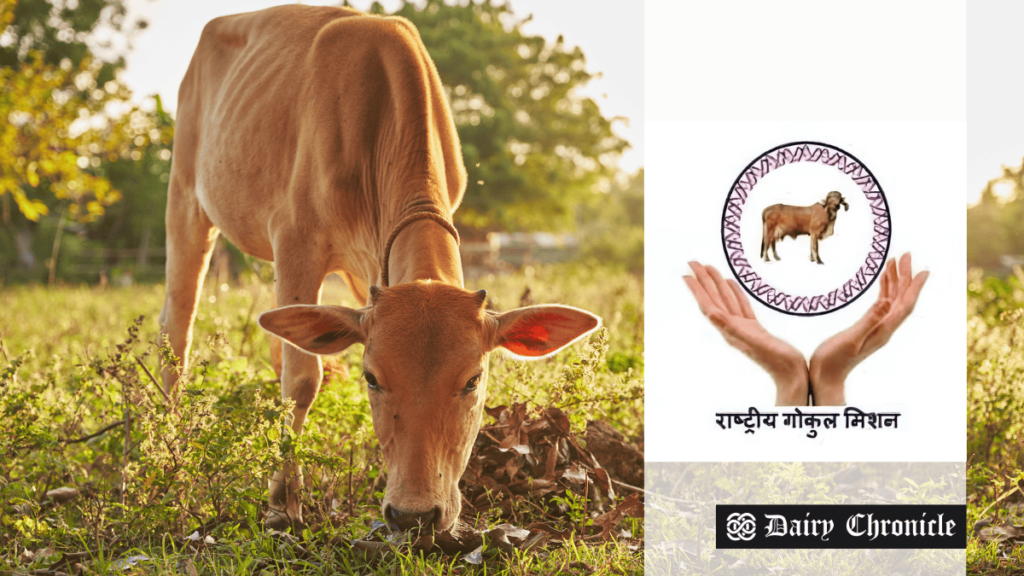The Rashtriya Gokul Mission in India has significantly enhanced milk production and bovine productivity through innovative programs like artificial insemination and genetic improvement.
The Rashtriya Gokul Mission, launched by the Department of Animal Husbandry and Dairying, has made remarkable strides in India’s dairy sector, significantly improving milk production and the productivity of bovines across the country. Since its inception, the mission has played a pivotal role in boosting India’s dairy industry, benefiting farmers and enhancing the genetic quality of livestock.
Over the past decade, from 2014-15 to 2023-24, India’s milk production surged from 146.31 million tonnes to 239.30 million tonnes, marking a 63.55% increase. Additionally, bovine productivity saw a 26.34% improvement, rising from 1,640 kilograms per animal per year to 2,072 kilograms. This growth in productivity is the highest recorded globally, with indigenous cattle and buffaloes also seeing significant productivity increases.
Key Programs Enhancing Dairy Productivity
At the heart of the Rashtriya Gokul Mission is the Nationwide Artificial Insemination Program, designed to expand artificial insemination coverage and improve bovine genetics. As of now, the program has successfully reached 8.32 crore animals, performing 12.20 crore artificial inseminations. This initiative has benefited over 5.19 crore farmers, providing access to high-quality breeding techniques.
The program not only helps increase milk production but also aids in the conservation of indigenous breeds, which are vital to India’s agricultural biodiversity. Additionally, the mission’s Progeny Testing and Pedigree Selection program has produced 3,988 high genetic merit bulls for semen production, further improving the genetic quality of India’s bovine population.
Embracing Advanced Technologies
To accelerate the genetic improvement of livestock, the Rashtriya Gokul Mission has introduced advanced technologies such as In-Vitro Fertilization (IVF) and sex-sorted semen production. With 22 IVF laboratories established across the country, the mission has made significant progress in the propagation of elite indigenous animals, contributing to improved genetics. Furthermore, 1.15 crore sex-sorted semen doses have been produced, enhancing breeding efficiency.
The program has also introduced genomic selection tools, such as the Gau Chip for indigenous cattle and the Mahish Chip for buffaloes, which have helped accelerate genetic improvements and will continue to ensure that India’s dairy sector remains competitive globally.
Since its launch, the Rashtriya Gokul Mission has received substantial financial backing, with Rs. 4,442.87 crores allocated between 2014-15 and 2024-25. These funds have played a crucial role in the development and conservation of India’s indigenous bovine breeds, benefiting millions of farmers and helping increase milk production across the nation.
As the mission evolves, its continued focus on technological innovations, genetic improvements, and farmer support will be critical in shaping the future of India’s dairy sector. The commitment to sustainable practices and investments will further elevate India’s position as a global leader in dairy production.
